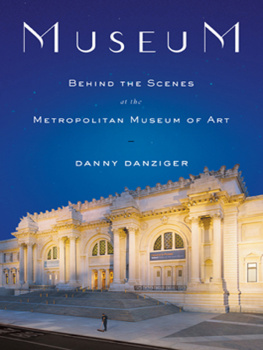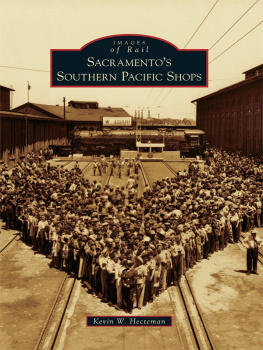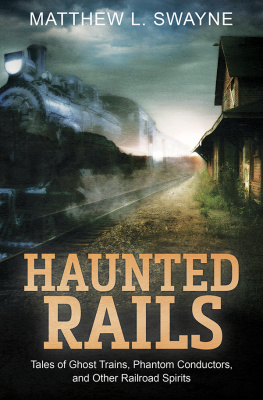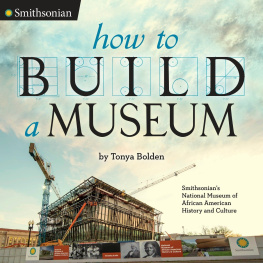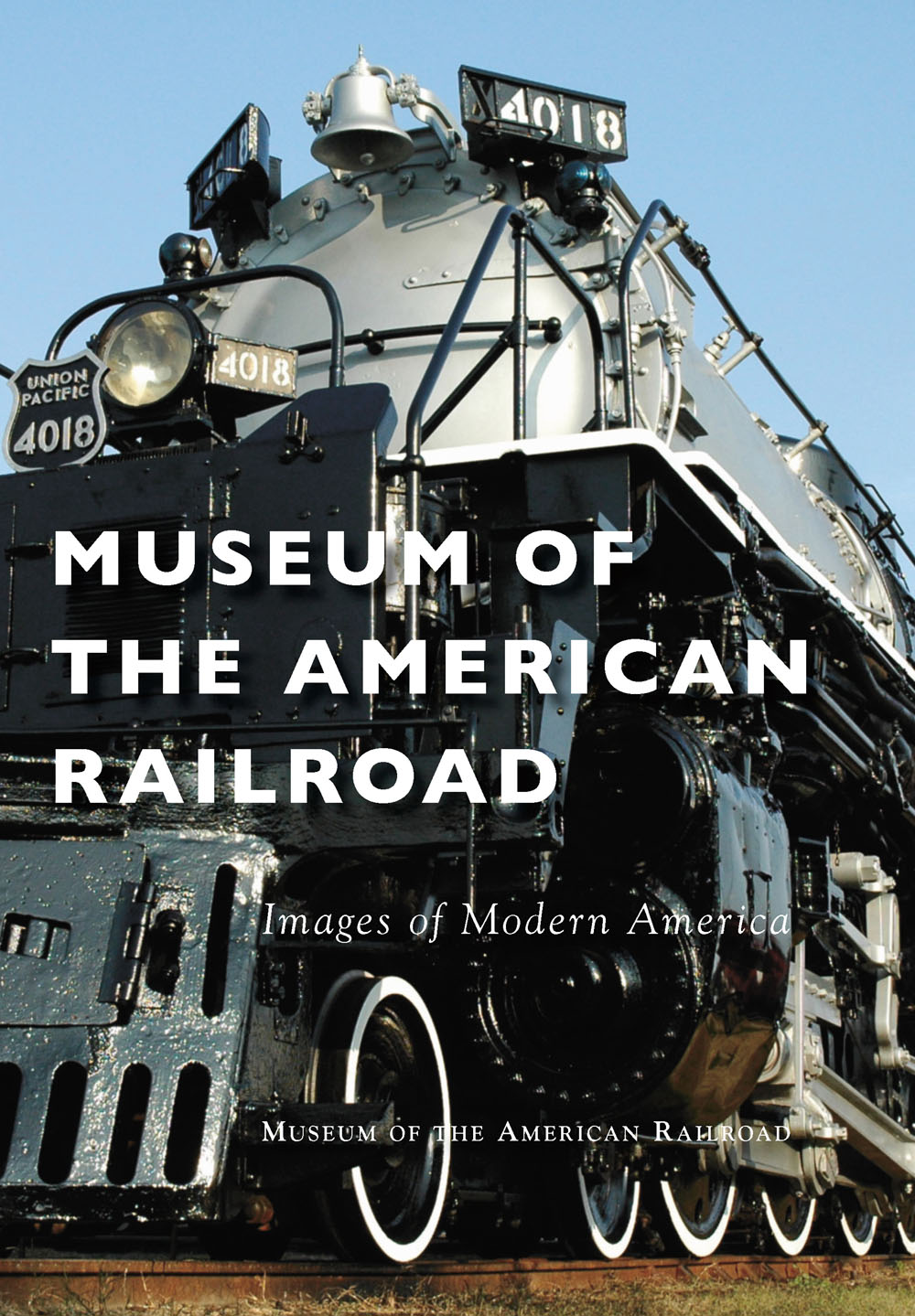
Images of Modern America
MUSEUM OF
THE AMERICAN
RAILROAD

The Museum of the American Railroad is proud of its heritage and fondly looks back upon its first home on the grounds of Fair Park in Dallas. The museum is also proud of all its rolling stock pieces and is excited for more space to showcase multiple amazing exhibits. (Courtesy of the Museum of the American Railroad.)
Front Cover:
Union Pacifics No. 4018 (courtesy of the Museum of the American Railroad; see )
Upper Back Cover:
Houston & Texas Central Depot (courtesy of the Museum of the American Railroad; see )
Lower Back Cover: From left to right:
Bob LaPrelle, CEO of the Museum of the American Railroad (courtesy of the Museum of the American Railroad), founding member Everett DeGolyer Jr., and Santa Fe FP-45 (all, courtesy of the Museum of the American Railroad)
Images of Modern America
MUSEUM OF
THE AMERICAN
RAILROAD
MUSEUM OF THE AMERICAN RAILROAD

Copyright 2016 by Museum of the American Railroad
ISBN 978-1-4671-1568-1
Ebook ISBN 9781439655221
Published by Arcadia Publishing
Charleston, South Carolina
Library of Congress Control Number: 2015953293
For all general information, please contact Arcadia Publishing:
Telephone 843-853-2070
Fax 843-853-0044
E-mail
For customer service and orders:
Toll-Free 1-888-313-2665
Visit us on the Internet at www.arcadiapublishing.com
This project is dedicated to the many men and women who have devoted their lives to the preservation of railroad history.
CONTENTS
ACKNOWLEDGMENTS
The Museum of the American Railroad (MAR) would like to acknowledge John Garbutt and Kirby Stokes for their efforts researching, writing, and putting this book together. The Museum would also like to thank the following organizations for their support throughout the years: Ralph B. Rogers Foundation, the Eugene McDermott Foundation, the Meadows Foundation, Communities Foundation of Texas, Hoblitzelle Foundation, the Stemmons Foundation, SCP Foundation, A.L. Chilton Foundation, the Muckleroy Foundation, DGBB Foundation, Hunt Cares, Ralph B. Rogers Foundation, Richard D. Bass Foundation, Hillcrest Foundation, and the South Dallas Fair Park Trust Fund.
The following individuals have contributed greatly in recent years: Ellen and Richard Rogers, Mike Martin, Richard and Sharon Wainscott, Jack and Nanci Taylor, Richard Thompson, Gene Gellar, Richard Kurz, Robert Neuhoff, Cheri and Pat Neil, John D. and Sally Maxson, William J. Brotherton, William and Christina Gibson, Robert and Tracey Willis, Bob Palka, Tom Rejmaniak, Edwin Pegelow, William and Elaine Blaylock, and numerous other volunteers and supporters.
The museums board and volunteers were instrumental in helping shepherd the collection through several decades at Fair Park. The staff and leadership of the Museum of the American Railroad continue to work tirelessly to provide stewardship of the collection and provide quality programming in North Texas.
The City of Dallas, through its Dallas Parks and Recreation Department; the Dallas Office of Cultural Affairs; and the State Fair of Texas are credited with their ongoing support of the museum during its 50 years at Fair Park.
The museum would like to thank the City of Frisco, its Community Development Corporation, Economic Development Corporation, Convention and Visitors Bureau, and its Chamber of Commerce for their vision and commitment to realizing the museums potential as a premiere cultural history and technology destination.
Finally, we are indebted to our friends in the railroad industry who have shown their support and allocated the resources to preserve an important aspect of the nations history. In particular Burlington Northern Santa Fe; Union Pacific; Amtrak; Kansas City Southern; Dallas, Garland & Northeastern; Trinity Railway Express; Dallas Area Rapid Transit; and their predecessor lines.
Unless otherwise noted, all photographs appear courtesy of the Museum of the American Railroad.
INTRODUCTION
Perhaps no other invention had a more profound effect on our nation during the late 19th and early 20th centuries than the railroad. The expansion of the United States is inextricably tied to the development of railroadsthe two grew hand-in-hand.
Along with railroads came the latest technology of the Industrial Agesteam! This powerful, dangerous, and wondrous source of energy was harnessed to propel people and goods across a burgeoning nation. The steam locomotive took on a life of its own with its loud exhaust, plumes of smoke, and invasive, yet reassuring, whistle.
The first few decades of the 20th century saw railroads rise to supremacy in the US transportation network, touching every aspect of commerce, industry, and politics. By 1920, the Pennsylvania Railroad, considered the Standard of the World, was the largest corporate entity in existence and employed more people than the federal government. This era saw trains crisscrossing the nation, fueling rapid expansion and defending our nation during World Wars I and II.
As rapidly as steam ascended to prominence as the primary driver of American industry, it began to decline as new technologies were introduced. By the close of World War II, diesel-electric locomotives began to displace steam on the railroads. With its low operating and maintenance costs, diesel allowed railroads to eliminate legions of mechanical forces and significantly reduce labor costs. As a result, main line steam all but vanished by 1960.
Along with the decline in steam, the era of passenger trains also waneda victim of interstate highways and air travel. The once-common green Pullman cars, and the newer stainless-steel streamliners, were rapidly disappearing. The older heavyweight Pullman cars were found lining the tracks near large train stations awaiting their turn on the scrap line.
The effort to save this vanishing form of transportation and the way of life it represented arose out of the imminence of its disappearance in the early 1960s. This was the genesis of what is now the Museum of the American Railroad. It began as an attraction at the 1963 State Fair of Texas, the Age of Steam Exhibit. The name was taken from the title of a book by Lucius Beebe, a prolific writer who brought style and romance to the experience of rail travel. Joseph Rucker Jr., then assistant general manager of the State Fair of Texas, thought the name most appropriate for the new attraction. Rucker, a well-known Dallasite, had traveled exclusively by rail throughout his life.
The creation of the exhibit can be traced back to the acquisition of two key pieces of Dallas railroad history in the summer of 1963Dallass oldest surviving railroad structure, the c. 1900 Houston & Texas Central Eakin Street Yard Office, and Dallas Union Terminals 1923 Baldwin steam locomotive No. 7. Through those efforts, the paths of two influential Dallas individuals crossedJoseph Rucker Jr. and Everett DeGolyer Jr., a prominent Dallas resident and student of railroad and western history. DeGolyer, whose father served on the Southern Pacific Railroads board, had recently formed the Southwest Railroad Historical Society (SRHS), a nonprofit literary group. The society played a key role in the early development of the museum and subsequent acquisitions.
Next page

